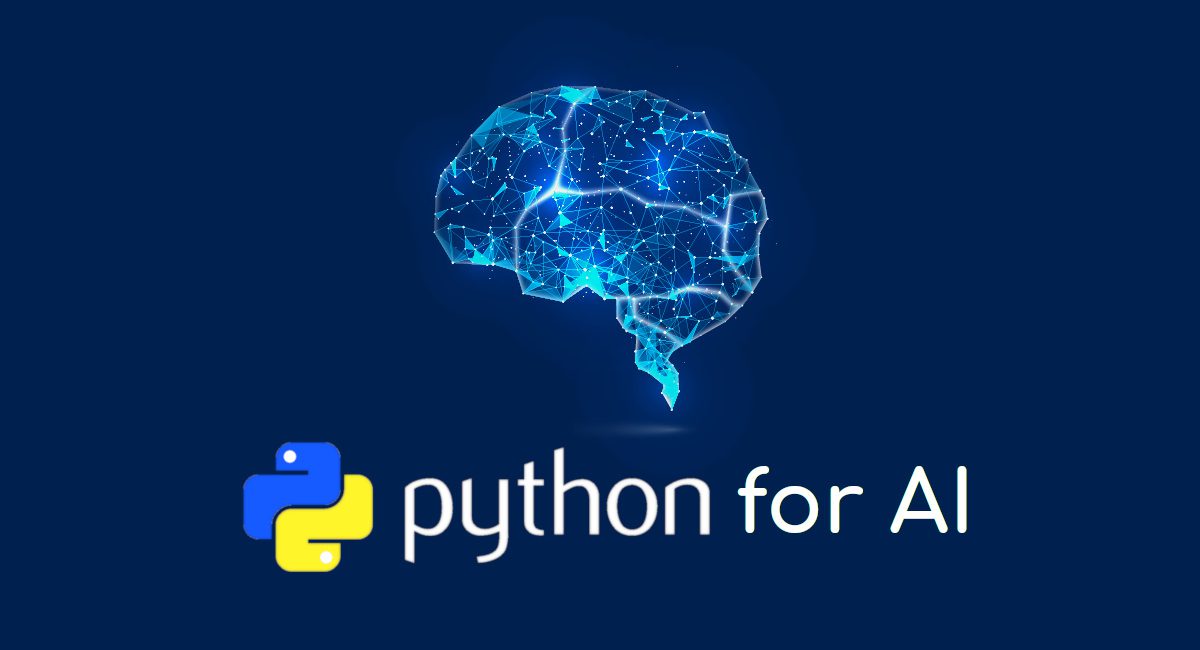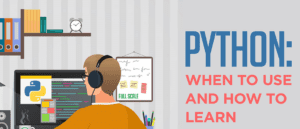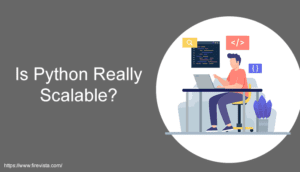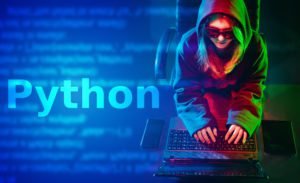Are you interested in learning some machine-learning techniques with Python? Do you want to explore the amazing world of data science and artificial intelligence? If yes, then you are in the right place!
Imagine using the power of machine learning to train a computer to identify faces, forecast market prices, identify illnesses, or even create beautiful music. With Python as our reliable ally, we can open up this fascinating intelligence world. The possibilities are endless.
You might wonder, “Why Python?” In addition to being the preferred language for data scientists and top IT organizations globally, Python is a great choice for novice programmers and seasoned experts due to its elegance and simplicity. Python will therefore be your dependable travel companion, whether an experienced programmer or a novice taking your first steps into coding.

In this blog, we will share five machine-learning algorithms in Python that you can use to solve real-world problems and have fun.
Let’s get started!
What are the top Machine Learning techniques in Python?
Mastering Machine Learning with Python step-by-step
-
The Charm of Linear Regression
One of the most well-known supervised Python machine learning algorithms, it keeps track of continuous characteristics and makes predictions based on that information. By fitting the best line, it demonstrates a link between dependent and independent variables. The linear equation Y=a*X+b, sometimes called the regression line, depicts this best-fit line.
In the given equation,
- Y: dependent variable
- a: slope
- X: Independent variable.
- b: Intercept
Imagine having the ability to predict future trends based on historical data. Linear regression is like having a crystal ball for predicting continuous numerical outcomes. It’s perfect for tasks like estimating sales, forecasting weather, or predicting your favorite sports team’s chances of winning the championship!
-
Enchanting Decision Trees
Decision trees are like magical flowcharts that help computers make decisions based on input features. They are incredibly versatile and can be used for classification and regression tasks.
A decision tree is created by continually posing queries to the partition data. The decision tree algorithm’s objective is to improve predictability at each level of partitioning so that the model is constantly updated with knowledge about the dataset.
It is a Supervised Machine Learning method. However, classification rather than regression is its primary use. The model uses a conditional statement to compare key attributes as it moves through the decision tree using a specific instance. Depending on the outcome, the more significant characteristics are nearer to the root as it descends to the tree’s left or right child branch.
-
The Sorcery of Support Vector Machines
Support Vector Machines (SVM) are like magical wizards that can perform classification and regression tasks. They are excellent at drawing decision boundaries and are widely used in image recognition, text classification, and medical diagnosis.
One of Python’s most significant machine learning algorithms is supervised classification, or SVM, which draws a line dividing your data into several groups. We compute the vector to optimize the line in this ML algorithm. This will make sure that each group’s nearest point is also the one that is the farthest away from it. This is nearly always a linear vector, although it can be anything else.
-
Bewitching Naive Bayes
Naive Bayes is like a mystical potion that works wonders in text classification, spam filtering, and sentiment analysis. It’s based on the Bayes theorem and assumes that features are independent of each other (hence the “naive” part). But don’t let the simplicity fool you; it’s a potent technique!
A supervised machine learning method called Naive Bayes is utilized for categorization problems. One of the reasons it is sometimes known as a Naive Bayes Classifier is because of this. It is predicated on the idea that characteristics are unrelated and have no association. However, this algorithm is called “naive” because these presumptions are false.
The Bayes theorem, which is used in this procedure, states:
p(A|B) = p(A) . p(B|A) / p(B)
This is
- p(A): Probability of event A
- p(B): Probability of event B
- p(A|B): Probability of event A given event B has already occurred
- p(B|A): Probability of event B given event A has already occurred
-
Enigmatic K-Nearest Neighbors
This Python machine-learning technique focuses mostly on classification but also includes regression. This approach for supervised learning compares distance using a typical Euclidean function while considering various centroids. It then evaluates the findings and assigns each point to a group to best position it concerning all nearby points.
It categorizes fresh situations by employing a majority vote of k of its neighbors. The case it assigns to a class is the one its K closest neighbors share the most. It makes use of a distance function for this.
The Final Words
Although you now understand the fundamentals of five effective machine-learning strategies, remember that learning is a lifelong process. The subject of machine learning is constantly developing and is teeming with intriguing new developments. Embrace the thrill of staying curious, exploring new algorithms, and continuously enhancing your skills.
Your newly gained knowledge in Machine Learning with Python opens the doors to various professional prospects and exciting initiatives, from forecasting stock market trends to detecting diseases, from making tailored recommendations to transforming industries.
But let’s not lose sight of the fact that machine learning is about more than just models and algorithms; it’s about making a difference in the world.
Early and mid-career professionals may gain a firm foundation in the dynamic field of data science and machine learning by enrolling in the “Certificate Program in Data Science and Machine Learning,” which is presented in collaboration with iHUB DivyaSampark (TIH) @ IIT Roorkee and Imarticus Learning.
This in-depth 5-month data science course, created by acclaimed IIT professors, covers data mining, gives you Python-based machine learning tools, and allows you to use data-driven insights to spur organizational success. Enroll now to embark on a transformative journey of learning and upskilling with Imarticus Learning Machine Learning online course with Python.
Keep learning, keep growing, and keep reshaping the world with Python and Machine Learning!








 To get an edge for your career in artificial intelligence, here are some of the biggest advantages of the standalone programming language in itself.
To get an edge for your career in artificial intelligence, here are some of the biggest advantages of the standalone programming language in itself. The scalability aspect of Python is the second reason why companies prefer their data science professionals to know Python. Scalability is immensely important in both data science and artificial intelligence, mainly because of the fact that new discoveries are being made on the regular.
The scalability aspect of Python is the second reason why companies prefer their data science professionals to know Python. Scalability is immensely important in both data science and artificial intelligence, mainly because of the fact that new discoveries are being made on the regular. Imarticus provides an
Imarticus provides an 
 Python sits at the fourth position in the TIOBE index, which tracks the popularity of computer programming languages. Diverse use cases and popularity make Python a favorite choice of many fields. This brings good compensation benefits as well.
Python sits at the fourth position in the TIOBE index, which tracks the popularity of computer programming languages. Diverse use cases and popularity make Python a favorite choice of many fields. This brings good compensation benefits as well.